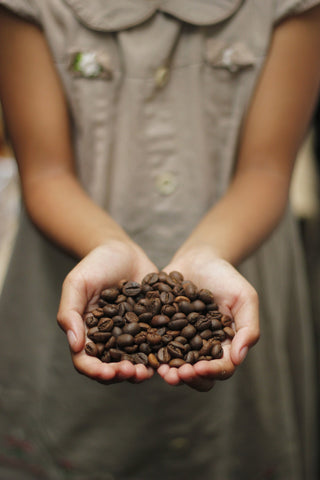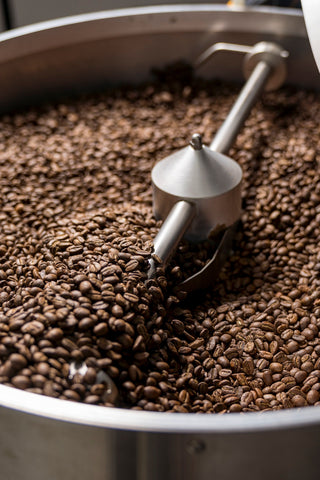Coffee has been a beloved beverage for centuries, captivating the taste buds of millions around the world. For some, the energizing effects of caffeine are an essential part of their morning routine. However, not everyone wants or can tolerate the stimulating effects of this natural compound. That's where decaf coffee comes into play. In this article, we'll explore the fascinating world of decaf coffee, its origins, how it's made, and its unique characteristics.

Decaf Coffee Defined:
Decaf coffee, short for "decaffeinated coffee," is a type of coffee that has had most of its caffeine content removed. It offers a milder alternative to regular coffee, providing the rich flavors and aromas without the stimulating effects of caffeine. Decaf coffee is an excellent option for those who enjoy the taste of coffee but wish to avoid the jolt of energy associated with its caffeinated counterpart.

The Origins of Decaf Coffee:
The quest for decaffeinated coffee dates back centuries. The first known decaffeination process was developed in the early 1900s by a German coffee merchant named Ludwig Roselius. Roselius accidentally discovered that moistened coffee beans, treated with a brine solution and then steamed, lost their caffeine content without losing their flavor.
Over the years, various decaffeination methods have emerged, each refining the process to preserve the unique taste and aroma of coffee while reducing its caffeine content. Today, several techniques are used to decaffeinate coffee beans, including the Swiss Water Process, carbon dioxide (CO2) method, solvent-based processes, and the ethyl acetate method.

Decaffeination Methods:
Swiss Water Process:
This method involves soaking the green coffee beans in hot water, extracting the caffeine, and filtering the water through activated charcoal to remove the caffeine. The now-caffeine-free water is then reused to extract caffeine from a new batch of beans, ensuring minimal loss of flavor compounds.
Carbon Dioxide (CO2) Method:
This method uses compressed carbon dioxide in a highly pressurized and liquid-like state to extract caffeine from the coffee beans. The caffeine-rich CO2 is then processed to remove the caffeine, and the CO2 is recycled for further use. This method is known for its ability to maintain the coffee's original flavor profile.
Solvent-Based Processes:
In solvent-based processes, either methylene chloride or ethyl acetate is used to remove caffeine from the beans. The solvents selectively bind to the caffeine molecules and are then removed, leaving behind decaffeinated coffee beans. While these methods can be effective, some concerns have been raised about potential residual solvent traces, although they are generally considered safe within regulatory limits.
Ethyl Acetate Method:
This method utilizes a natural compound found in fruits called ethyl acetate to decaffeinate the beans. The ethyl acetate is derived from either fermented sugarcane or unripe coffee cherries. It selectively bonds with the caffeine molecules, and after the ethyl acetate is removed, the coffee beans retain their flavor and aroma.
Characteristics and Enjoyment of Decaf Coffee:
Decaf coffee shares many similarities with its caffeinated counterpart in terms of taste, aroma, and brewing methods. It offers a wide range of flavor profiles, influenced by factors such as the coffee bean variety, origin, roast level, and processing techniques. From a light and fruity decaf to a bold and full-bodied one, there is something to suit every palate.
It's important to note that decaf coffee is not completely caffeine-free. According to the U.S. Food and Drug Administration (FDA), coffee labeled as decaffeinated must remove at least 97% of its caffeine.








